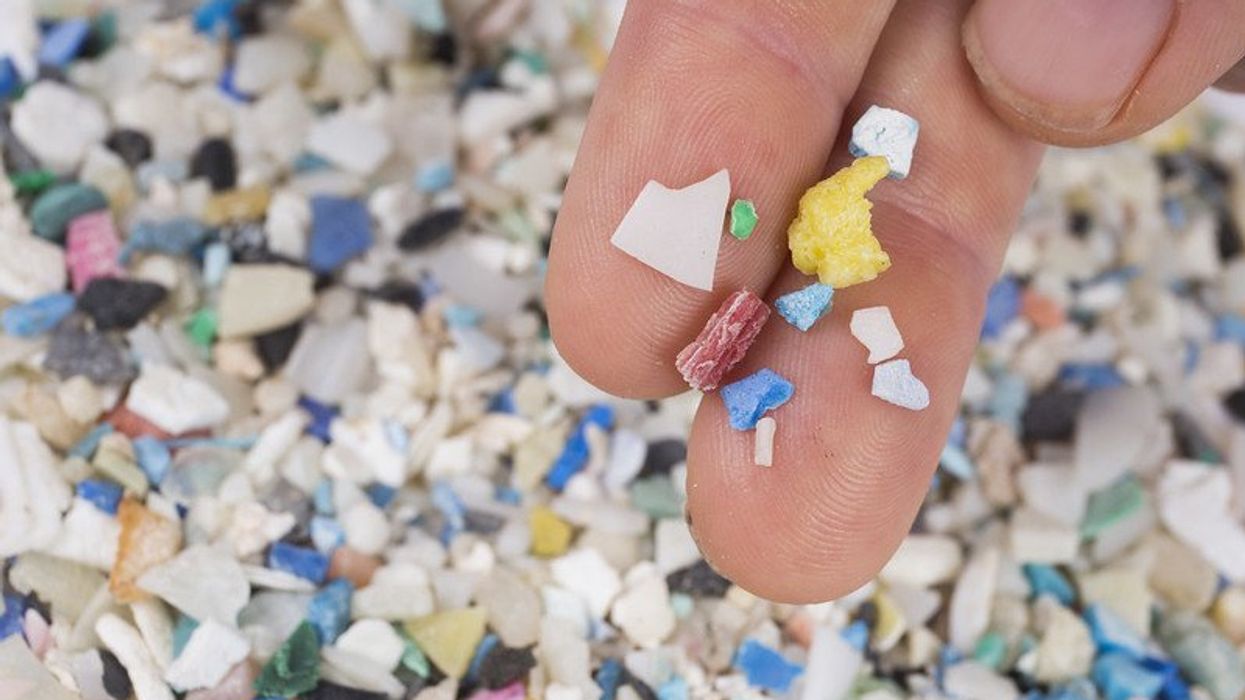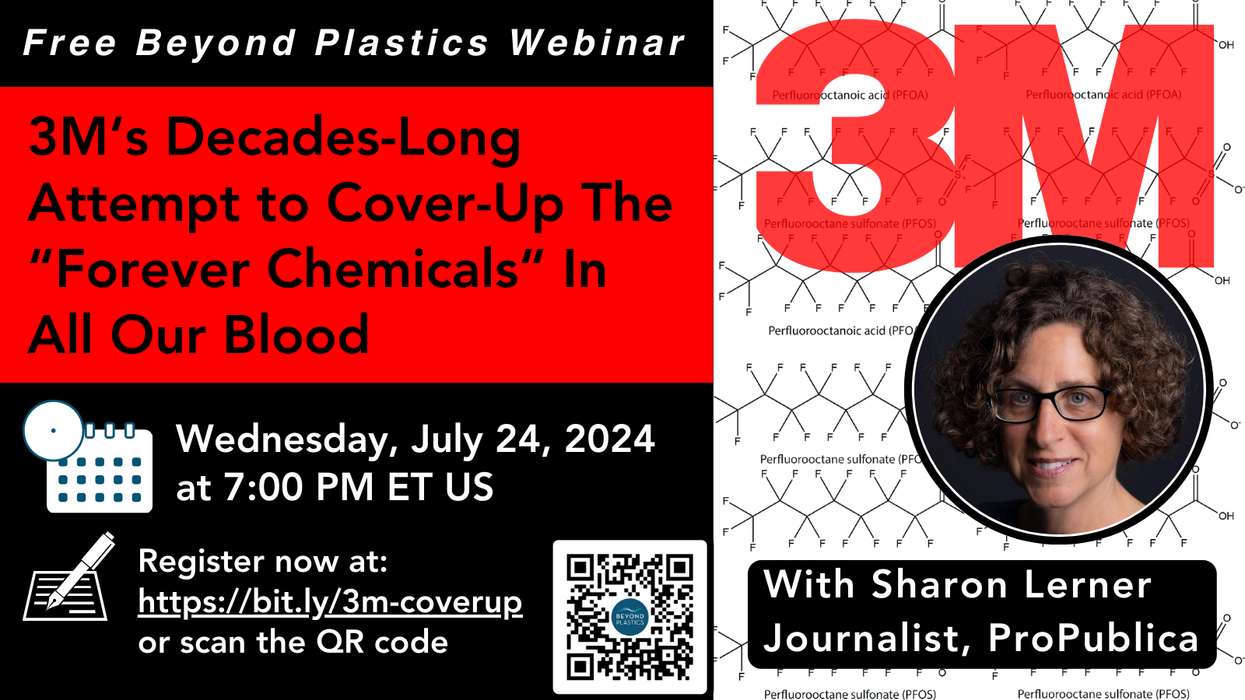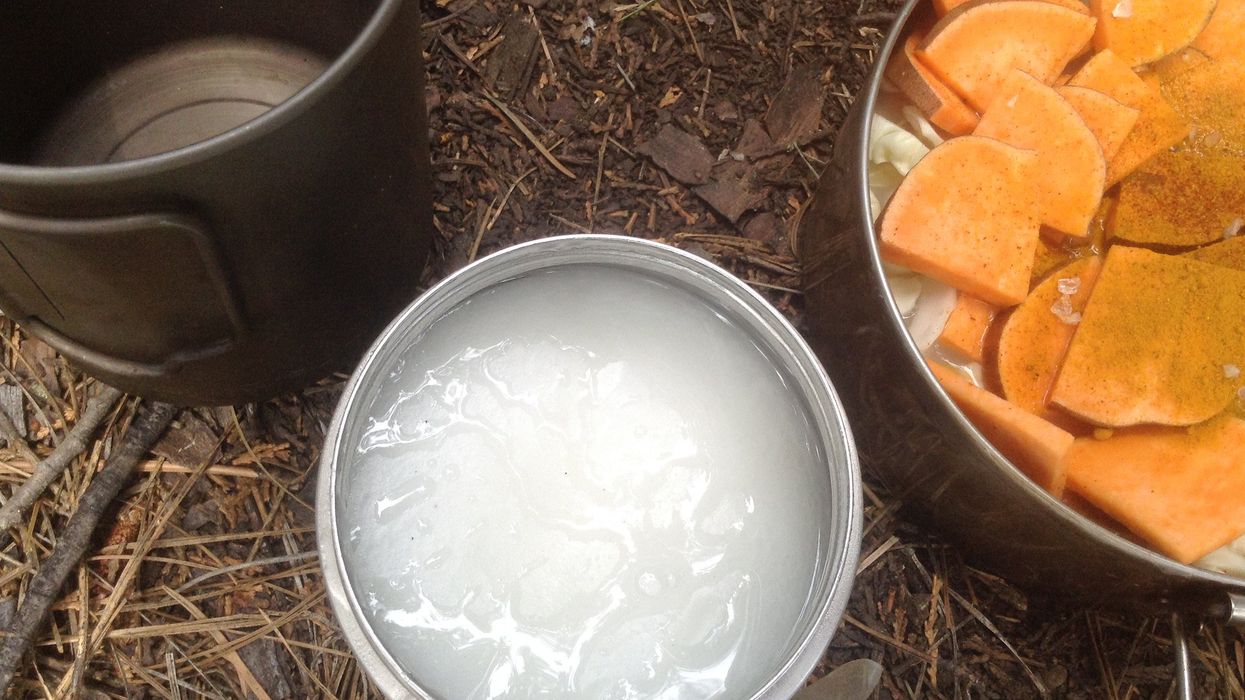A study published in Toxicological Sciences used new tools to detect microplastics in human placentas, and found microplastics in all 62 of the placentas sampled.
In short:
- Polyethylene, which is used to make plastic bags and bottles, accounted for 54% of the microplastics found.
- Polyvinyl chloride (PVC) - which contains the toxic chemical vinyl chloride, a known carcinogen - accounted for another 10% of the microplastics detected.
Key quote:
“If we’re seeing effects on placentas, then all mammalian life on this planet could be impacted. That’s not good.”
- Study author Matthew Campen, PhD, via UNM Health Sciences’ press release
Why this matters:
Plastic use has continued to grow exponentially since the mid-twentieth century, with nearly a metric ton of plastic waste produced for every person on the planet. Recent studies have confirmed that microplastics are present in everything from bottled water to meat and plant-based foods. With growing evidence of microplastics’ ability to accumulate in human tissue - and potentially even cross through cell membranes - the authors of this study point to the urgent need for more research on the potential health impacts they carry.
Related EHN coverage:
- “Plastic will overwhelm us:” Scientists say health should be the core of global plastic treaty
- How do microplastics impact our gut health?
More resources:
CUSP is a European research cluster focused on understanding the health impacts of micro- and nanoplastics (MNPs). Their website includes resources on new science, events, and health research.
Garcia, Marcus et al. for Toxicological Sciences. Feb. 17, 2024, and the UNM Health Sciences’ accompanying press release.
- Are microplastics invading the male reproductive system? ›
- How do microplastics impact our gut health? ›
- Microplastics in farm soils: A growing concern ›


















